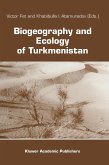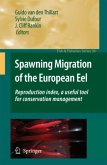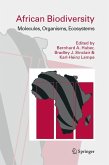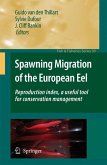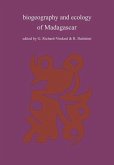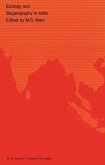remnants of gene pools of these species. Badghyz Natural Reserve, established in 1941, became a refuge for the last existing population of the Turkmen onager (Equus hemionus onager) and a unique pistachio woodland. A new generation oflocal Turkmen scientists, many of whom were trained by the Russian researchers in the graduate schools of Moscow and Leningrad arose from the 1930s through the 1950s. The Turkmen Academy of Sciences and its journal, Proceedings (including the monthly biological series), served to record the results of diverse biological studies in the republic. While basic science in the Middle Asian republics rather gained from the Russian "colonial" influence, natural resources, in contrast, were severely damaged by the Soviet way of handling the economy and social issues. Severe environmental problems have been inherited by the now independent Turkmenistan, including overgrazed desert pastures, deforested mountains, depleted water resources, accumulated pesticidesin cotton fields, declining populations of endangered species of animals and plants, and - worst of al- progressing, human-caused desertification (Kharin this volume). In order to approach a solution to these problems, scientists and officials in the republic will need the close attention and help of the international scientific community.
`... the work ... occupies a unique place in science. It offers, for the first time, a thorough glimpse into a fascinating and important region. The editors and authors should be congratulated on their monumental effort. Further, the book is well edited, and includes many interesting plates. It deserves a place in most research libraries and on the shelves of all who consider themselves to be desert scholars or who are interested in the Middle East.'
Journal of Arid Environments, 33 (1996)
Journal of Arid Environments, 33 (1996)
`... the work ... occupies a unique place in science. It offers, for the first time, a thorough glimpse into a fascinating and important region. The editors and authors should be congratulated on their monumental effort. Further, the book is well edited, and includes many interesting plates. It deserves a place in most research libraries and on the shelves of all who consider themselves to be desert scholars or who are interested in the Middle East.' Journal of Arid Environments, 33 (1996)


